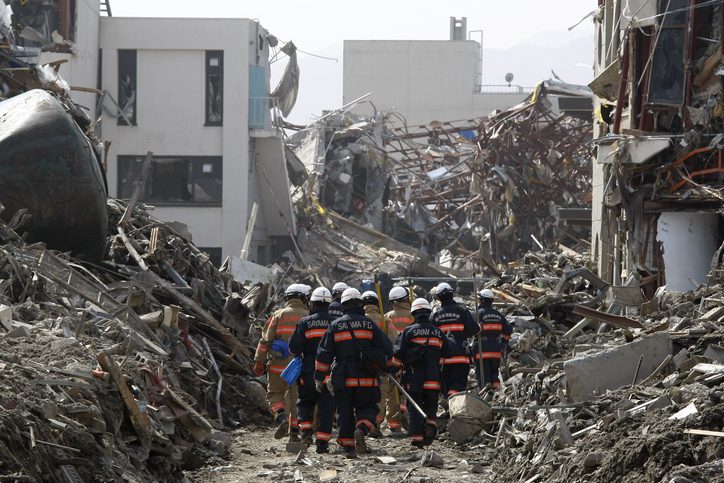An unpredictable peril; why earthquake should always be on the risk radar

Authored by AXA XL Science Specialist Salvatore Iacoletti
Earthquakes are unpredictable and can devastate communities, causing large-scale economic damage. Salvatore Iacoletti, Science Specialist at AXA XL, explains how a scientific exploration of earthquake activity can help risk professionals to be better prepared for these events.
In February, Turkey and Syria were hit by a series of major earthquakes. The first was a magnitude 7.8 earthquake located on the East Anatolian fault. This earthquake triggered a sequence of more than 130 aftershocks with a magnitude above 4.5 (to date). The largest aftershock was a magnitude 7.5 earthquake, which occurred only nine hours after the mainshock around 100 kilometers north.
Before the magnitude 7.8 mainshock, southern Turkey and northern Syria had only experienced three magnitude 6 or larger earthquakes since 1970 (with the largest being a magnitude 6.7 event). Despite the relative seismic quiescence of this region, historical records and geological studies show that this region has experienced significant and damaging earthquakes in the distant past. Aleppo (Syria), for example, was devastated several times historically by large earthquakes (two magnitude 7+ earthquakes in 1138 and 1822).
The 2023 Turkey-Syria earthquakes struck densely populated areas resulting in the tragic loss of life of around 57,000 people. Thousands of buildings collapsed, hospitals were damaged and cold weather conditions hampered rescue efforts. Property damage alone is estimated at over US$100B.
To read the full article from AXA XL, CLICK HERE





